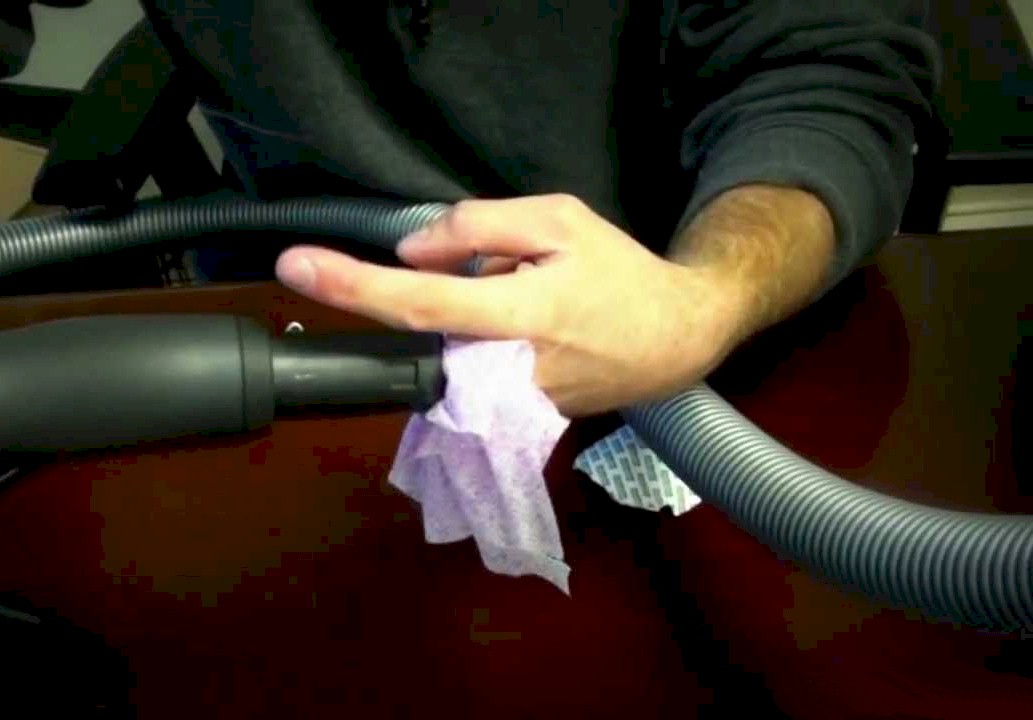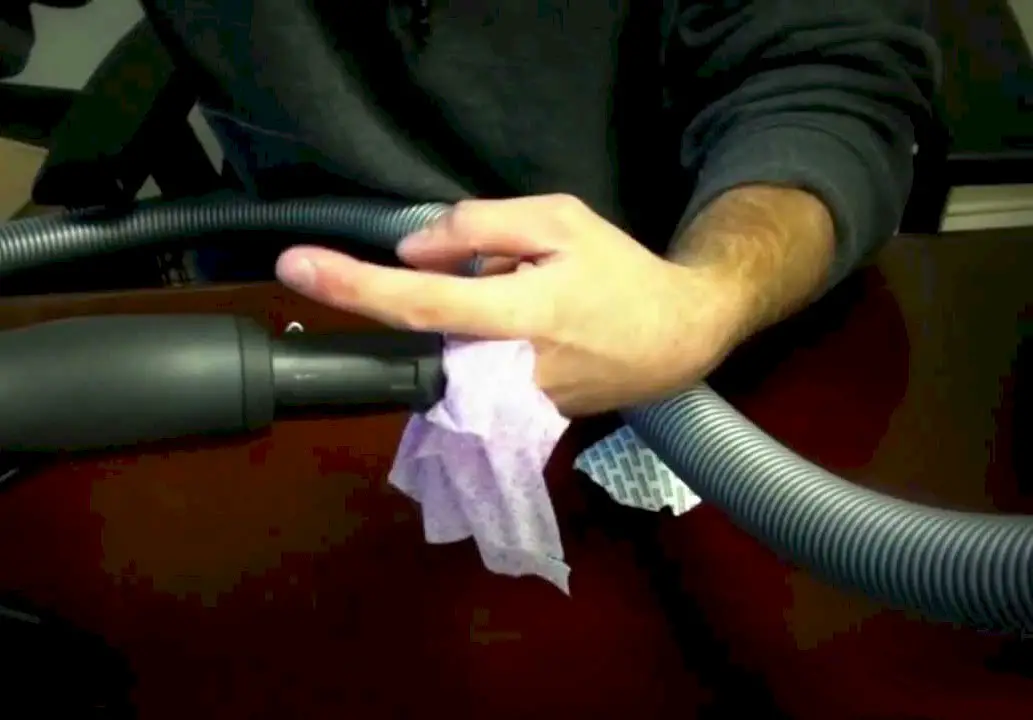Keeping your home clean is essential for a healthy and happy life. However, over time, your vacuum cleaner may start to lose suction and not work as effectively as it once did. One of the most common reasons for this is a dirty vacuum cleaner pipe. In this article, we will explore how to clean your vacuum cleaner pipe and restore your vacuum to its former glory.
The vacuum cleaner pipe is responsible for sucking up dirt and debris and moving it through the machine’s filter. When the pipe is clogged, it can cause the vacuum to lose suction and become less efficient. By following our step-by-step guide, you can learn how to clean your vacuum cleaner pipe and keep your home clean and healthy. So, let’s dive into the details and learn how to get the most out of your vacuum cleaner.
- First, unplug the vacuum cleaner from the power source.
- Detach the pipe from the vacuum cleaner.
- Use a long, thin brush or a straightened coat hanger to remove any clogs or debris from the pipe.
- Clean the inside of the pipe using a damp cloth or sponge.
- Rinse the pipe with water and let it dry completely before reattaching it to the vacuum cleaner.
Cleaning your vacuum cleaner’s pipe is essential to maintain its performance. Follow the above steps to clean your vacuum cleaner’s pipe effectively. Always remember to unplug the vacuum cleaner before cleaning its pipe to avoid any accidents.

How to Clean Vacuum Cleaner Pipe?
Keeping your vacuum cleaner pipes clean is essential to ensure that your vacuum cleaner operates efficiently. Dirt, debris, and pet hair can build up in the pipes, causing blockages that can reduce suction power. In this article, we will discuss how to clean vacuum cleaner pipe quickly and efficiently.
Step 1: Unplug the Vacuum Cleaner
To clean the vacuum cleaner pipe, the first step is to unplug the vacuum cleaner from the electrical outlet. This is essential to avoid any risk of electrocution while cleaning the pipes.
Once you have unplugged the vacuum cleaner, remove the pipe from the main unit. If you are unsure how to do this, refer to the vacuum cleaner’s owner’s manual for guidance.
Step 2: Remove Debris from the Pipe
The next step is to remove any debris that may be clogging the pipe. You can use a long object such as a wire hanger or a long brush to remove any dirt or debris from the pipe.
If the debris is stubborn, you can use a vacuum cleaner with a crevice tool attachment to suction out the dirt.
Step 3: Clean the Vacuum Cleaner Pipe
After removing the debris from the pipe, it’s time to clean the pipe thoroughly. You can use a mixture of warm water and mild detergent to clean the inside of the pipe.
Dip a cloth or sponge in the cleaning solution and gently clean the inside of the pipe. Ensure that you clean the pipe thoroughly.
Step 4: Rinse the Pipe
Once you have cleaned the pipe, it’s time to rinse it. Rinse the inside of the pipe with clean water to remove any remaining detergent.
Ensure that you rinse the pipe thoroughly to avoid leaving any soap residue inside the pipe.
Step 5: Dry the Pipe
After rinsing the pipe, use a clean cloth to dry the inside of the pipe. Ensure that you dry the pipe thoroughly before reattaching it to the vacuum cleaner.
Step 6: Reassemble the Vacuum Cleaner
Once you have cleaned the pipe and dried it, you can reassemble the vacuum cleaner. Reattach the pipe to the main unit, and you are ready to use your vacuum cleaner again.
Benefits of Cleaning the Vacuum Cleaner Pipe
Cleaning the vacuum cleaner pipe has many benefits. These include:
– Improved suction power: Cleaning the pipe ensures that there are no blockages, which can reduce the suction power of the vacuum cleaner.
– Improved air quality: A clean vacuum cleaner ensures that the air in your home remains clean and free of dust and debris.
– Increased lifespan of the vacuum cleaner: Regularly cleaning the vacuum cleaner pipe can increase the lifespan of your vacuum cleaner.
Vs of Not Cleaning the Vacuum Cleaner Pipe
Not cleaning the vacuum cleaner pipe can have many negative effects. These include:
– Reduced suction power: A clogged pipe can reduce the suction power of the vacuum cleaner, making it less effective in cleaning your home.
– Poor air quality: A dirty vacuum cleaner can release dust and debris into the air, which can affect the air quality in your home.
– Increased repair costs: Neglecting to clean the vacuum cleaner pipe can result in damage to the vacuum cleaner, which can lead to costly repairs.
Conclusion
Cleaning the vacuum cleaner pipe is an essential part of maintaining your vacuum cleaner’s efficiency. Regularly cleaning the pipe can help improve suction power, increase the lifespan of the vacuum cleaner, and improve air quality in your home. By following the steps outlined in this article, you can clean your vacuum cleaner pipe quickly and efficiently.
Freequently Asked Questions
In this section, you will find answers to some of the most commonly asked questions about how to clean vacuum cleaner pipe.
1. Why is it important to clean the vacuum cleaner pipe?
It is essential to clean the vacuum cleaner pipe regularly to maintain the suction power of the vacuum cleaner. Over time, the pipe can become clogged with dust, dirt, and debris, which can reduce the efficiency of the vacuum cleaner. A clogged pipe can also cause the vacuum motor to overheat, which can lead to damage or even a fire hazard.
To prevent these problems and ensure that your vacuum cleaner is working correctly, it is essential to clean the pipe regularly.
2. What tools do I need to clean the vacuum cleaner pipe?
To clean the vacuum cleaner pipe, you will need a few tools, including a screwdriver, a pipe cleaner or brush, and a damp cloth or sponge. Some vacuum cleaners come with a special attachment for cleaning the pipe, which can be helpful. If you do not have a pipe cleaner or brush, you can also use a long, thin object like a coat hanger or a chopstick to remove any debris from the pipe.
Before you start cleaning the pipe, make sure that the vacuum cleaner is unplugged and that the pipe is cool to the touch.
3. How do I clean the vacuum cleaner pipe?
To clean the vacuum cleaner pipe, first, remove the pipe from the vacuum cleaner. Then, use a screwdriver to remove any screws or clips that are holding the pipe together. Once the pipe is open, use a pipe cleaner or brush to remove any debris from the inside of the pipe. You can also use a damp cloth or sponge to clean the outside of the pipe.
After you have cleaned the pipe, reassemble it and make sure that it is securely attached to the vacuum cleaner. Plug in the vacuum cleaner and test it to ensure that it is working correctly.
4. How often should I clean the vacuum cleaner pipe?
It is recommended to clean the vacuum cleaner pipe every three to six months, depending on how frequently you use the vacuum cleaner. If you have pets or allergies, you may need to clean the pipe more frequently to maintain the suction power and keep the air in your home clean.
If you notice that the suction power of your vacuum cleaner has decreased or that the pipe is clogged with debris, you should clean it immediately.
5. Can I use water to clean the vacuum cleaner pipe?
No, you should not use water to clean the vacuum cleaner pipe. Water can damage the motor of the vacuum cleaner and lead to electrical shock. Instead, use a pipe cleaner or brush to remove any debris from the pipe, and use a damp cloth or sponge to clean the outside of the pipe.
If the pipe is particularly dirty, you can also use a mild soap or detergent to clean it. However, make sure that the pipe is completely dry before reassembling it and using the vacuum cleaner.
How To Clean Your Vacuum Hose
In conclusion, cleaning your vacuum cleaner pipe can be a simple and effective way to improve the performance and longevity of your vacuum. By following the steps outlined above, you can ensure that your vacuum is always working at its best.
Remember to regularly check and clean your vacuum cleaner pipe to prevent clogs and blockages. This will not only improve the suction power of your vacuum, but it will also help to keep your home cleaner and healthier.
By taking the time to properly clean your vacuum cleaner pipe, you can save yourself time and money in the long run. So why not give it a try and see the difference for yourself? Your vacuum (and your floors) will thank you for it!

